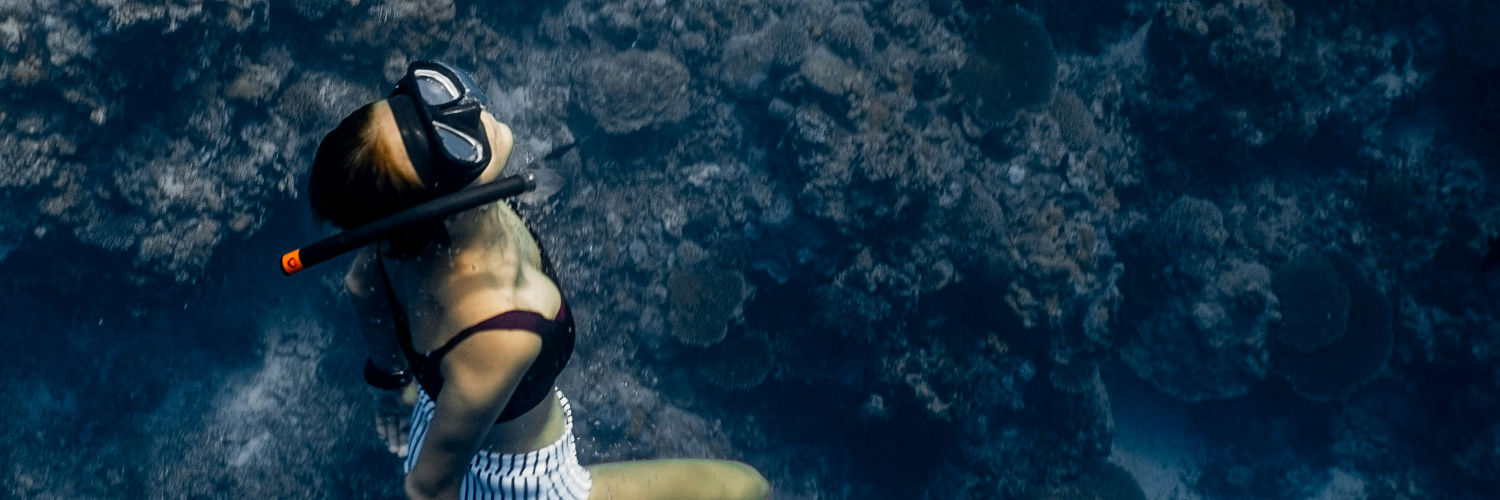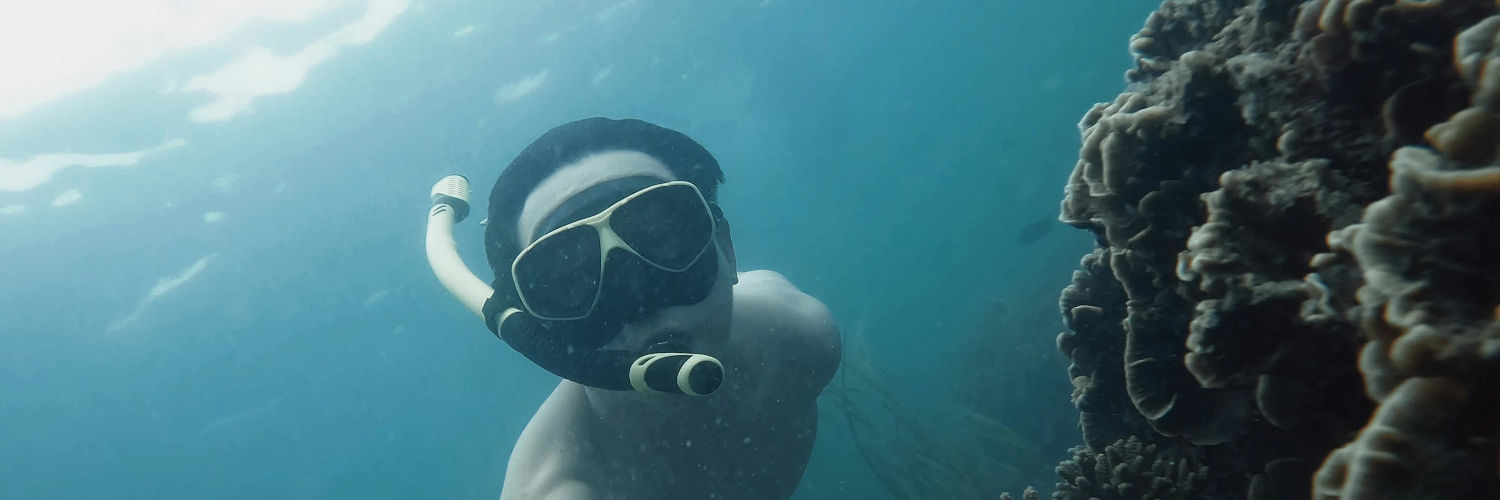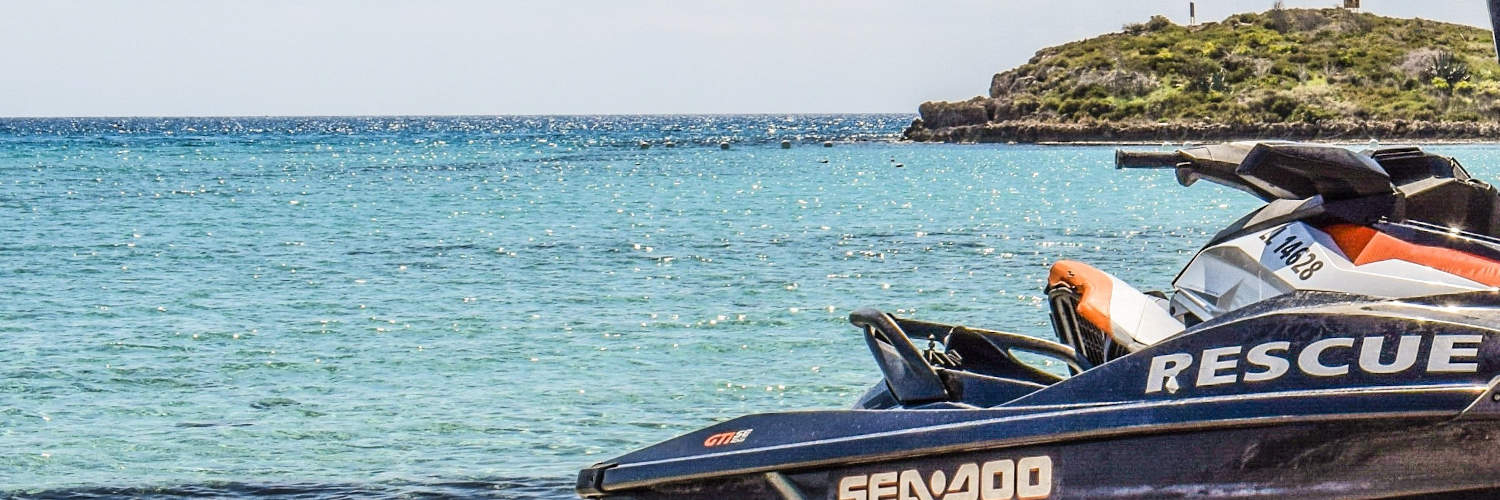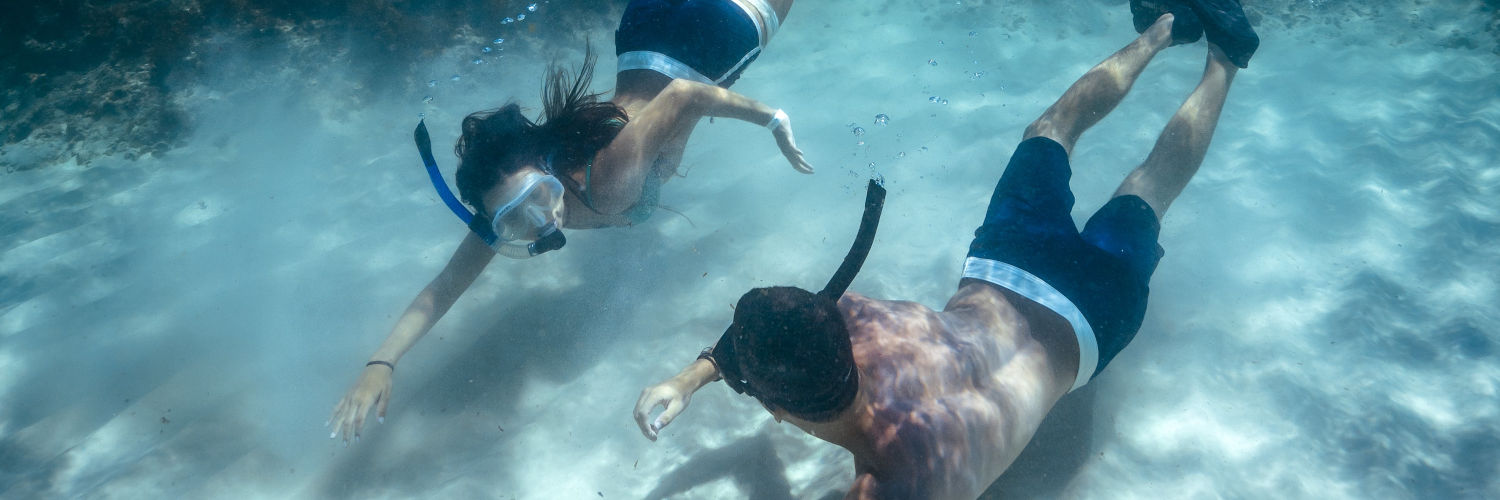Snorkeling Dive Technique: Mastering Underwater Exploration
Snorkeling is a widely accessible and enjoyable way to explore underwater environments without the extensive training and equipment required for scuba diving. It opens a window to the vibrant marine life beneath the waves, allowing swimmers to observe coral reefs, fish, and other sea creatures in their natural habitat. For those new to snorkeling, mastering snorkeling dive technique is crucial for a safe and enjoyable experience.
The basic skill set for snorkeling includes understanding how to effectively use fins for propulsion, maintaining buoyancy, and managing breathing through the snorkel. As snorkelers gain confidence on the surface, they may wish to dive below to get closer to marine life or investigate underwater features. This involves learning to equalize ear pressure, efficiently clear the snorkel upon resurfacing, and control breath-hold to remain submerged comfortably.
For first-time snorkelers, it’s essential to start with the right equipment—a properly fitting mask and a comfortable snorkel. Beginners should practice in calm, shallow waters to become familiar with breathing through the snorkel and navigating with fins. With these foundational snorkeling skills honed, individuals can progress to diving underwater, ensuring a richer exploration while minimizing disruption to the aquatic environment.
Understanding Snorkeling Basics
Before diving into the world of snorkeling, it’s imperative to distinguish it from scuba diving and become familiar with the essential gear, including the snorkeling mask, fins, and snorkel. A good understanding of the equipment will enhance the snorkeling experience.
Snorkeling vs. Scuba Diving
Snorkeling is a surface-level aquatic activity where the individual floats face-down to observe underwater life. Unlike scuba diving, snorkeling does not require extensive training or heavy equipment. While scuba diving involves deeper exploration with the help of a self-contained underwater breathing apparatus (SCUBA), snorkeling is more accessible due to its minimal gear requirement and ease of learning.
Equipment Overview
The primary snorkeling gear consists of a snorkel, a face mask, and usually fins. The mask creates a clear window to view underwater scenes, while the snorkel—an L-shaped tube—allows breathing when swimming near the surface. Fins aid in efficient movement through the water. Additional items like a wetsuit or a buoyancy vest might be used for thermal protection and flotation support respectively. Here’s a quick overview:
- Snorkel Mask: Provides unobstructed vision underwater.
- Snorkel: A breathing apparatus, available as a dry snorkel that prevents water ingress or a semi-dry variety with some water protection.
- Fins: Propel the snorkeler with minimal effort.
- Wetsuit: Insulates against cooler temperatures.
- Buoyancy Vest: Offers extra flotation, enhancing safety.
The Role of Fins in Snorkeling
Fins play a critical role in snorkeling by enabling the snorkeler to swim with greater ease and efficiency. They come in a variety of styles, such as full-foot fins for warm water and open-heel fins to be worn with booties for cooler environments. The right pair of fins can make a significant difference in reducing fatigue and improving maneuverability during a snorkel dive.
Preparation and Safety
Proper preparation is essential for a successful snorkeling experience. It involves selecting the suitable gear, ensuring skin protection, understanding safe practices, and recognizing varying water conditions.
Selecting the Right Gear
Choosing the right snorkeling gear is critical for both comfort and safety. Snorkelers need to select a mask that fits snugly without being too tight. Mask fit is paramount to prevent water from entering. For the snorkel, options include a wet snorkel, semi-dry snorkel, or a dry top snorkel, each offering varying levels of water protection. Featuring a one-way purge valve, semi-dry and dry-top models help prevent water intake. It’s also important to use a comfortable mouthpiece to avoid jaw fatigue. For buoyancy control, a weight belt might be needed depending on the snorkeler’s body density and the water salinity.
Importance of Sun Protection
Snorkelers are exposed to the sun’s UV rays, making skin protection vital. A high-SPF sunscreen should be applied, especially covering areas not shielded by clothing. Wearing a rash guard can add a layer of protection while also guarding against abrasions. Snorkelers should reapply sunscreen regularly, as water and sweat can reduce its effectiveness.
Snorkeling Safety Measures
Snorkeling safety starts with never snorkeling alone. Finding a snorkel buddy ensures that assistance is readily available in case of an emergency. It’s also advisable to rest after eating and stay hydrated, avoiding alcohol. Utilizing a dive float and flag significantly increases visibility to boat traffic and should always be considered when snorkeling in areas with potential vessel activity.
Understanding Water Conditions
Snorkelers should familiarize themselves with the water conditions of their chosen site. Currents, waves, and tides can significantly impact safety. They should seek information from a local dive center for updated conditions and advice. Snorkelers ought to be aware of their own limits and comfort levels in the water, and in case of strong currents, it might be necessary to stay closer to shore or in designated snorkeling areas.
Snorkeling Techniques
Enhancing one’s snorkeling experience relies heavily on mastering several techniques, which include controlled breathing through the snorkel, an effective kicking motion, managing buoyancy, and clearing water from the snorkel. Mastering these elements ensures a smooth and enjoyable snorkeling excursion.
Breathing Through a Snorkel
Proper breathing technique is essential when snorkeling. Individuals need to breathe deeply and slowly through their snorkel to promote relaxation and conserve energy. This method helps to maintain a lower heart rate and avoids the frantic feeling that can come from short, shallow breaths.
Effective Kicking Technique
An efficient kicking technique can greatly improve the snorkeling experience. The flutter kick—a motion involving long, fluid movements with the legs relatively straight—is widely used for surface snorkeling. Kicking from the hips while keeping the knees slightly bent helps minimize fatigue.
Managing Buoyancy
Buoyancy control enables snorkelers to move effortlessly through water. It’s important to stay as horizontal as possible to streamline one’s profile in the water. Wearing a well-fitted buoyancy control device or snorkel vest can be useful for those needing assistance in maintaining their desired position in the water column.
Clearing Water from Your Snorkel
At times, water may enter the snorkel; knowing how to clear it is crucial. One effective method is to exhale forcefully to expel water through the snorkel’s top. This technique, often referred to as the ‘blast clear’, can be practiced in shallow water until the snorkeler is comfortable performing it while swimming.
Marine Environment Interactions
Snorkeling offers a unique opportunity to closely observe marine life and delicate underwater ecosystems. It is essential for snorkelers to engage with these environments responsibly to minimize their impact on the vibrant underwater world.
Exploring Coral Reefs
Coral reefs are diverse underwater ecosystems held together by calcium carbonate structures secreted by corals. These ecosystems are often referred to as the “rainforests of the sea” and are home to a myriad of species. When snorkeling in coral reef areas, such as the Philippines and the Maldives, it is crucial to maintain proper buoyancy to avoid contact with the reef, which can cause significant damage over time.
Do:
- Float gently above the reef
- Master buoyancy control
Don’t:
- Stand or rest on coral structures
- Touch or remove any marine life
Observing Marine Wildlife
Marine wildlife, including a vast array of fish and other organisms, thrives in the shelter provided by coral reefs and other underwater features like lagoons and island surrounds. Observers should watch marine wildlife from a respectful distance to avoid stress or harm to the creatures. The use of underwater cameras should be done carefully to not disturb the natural behavior of the water wildlife.
- Remember:
- Disturbing animals can have long-term negative effects on their health and habitat.
- Feeding fish alters their natural behavior and diet.
Responsible Snorkeling Practices
Responsible snorkeling practices ensure the protection of the underwater environment for future generations. Using high-quality, well-fitted gear enhances the snorkeler’s experience and reduces the chance of accidental contact with the marine environment. Tropical destinations often participate in programs like the Green Fins initiative, which encourages sustainable tourism practices to conserve aquatic life.
- Essential Practices:
- Avoiding the use of harmful sunscreen that can damage coral reefs
- Following guidelines and regulations set by marine protected areas
By following these guidelines, snorkelers can enjoy the underwater world’s beauty while safeguarding its future.
Advancing Your Snorkeling Skills
Mastering snorkeling requires a combination of deep water techniques, freediving principles, and physical fitness to improve strength and endurance. Adhering to these specialized strategies will enhance a snorkeler’s capability and enjoyment of exploring beneath the waves.
Deep Water Snorkeling
In deep water snorkeling, one focuses on effectively navigating through deeper aquatic environments. It’s essential to maintain buoyancy and utilize efficient finning techniques such as the flutter kick, which involves alternating leg movements similar to the freestyle stroke. The key is to create a gentle, rhythmic motion that propels the snorkeler without causing fatigue. Additionally, snorkelers should practice equalizing ear pressure regularly to prevent discomfort, using techniques like the Valsalva maneuver, where one gently blows against a closed nostril while pinching the nose.
Freediving Techniques for Snorkelers
Snorkelers can borrow techniques from freediving to improve their breath hold and underwater swimming skills. By learning proper breathwork, snorkelers can increase their ability to stay submerged longer. This includes exercises such as diaphragmatic breathing to control and maximize lung capacity. Freediving courses can offer valuable instruction on safety and advanced skills, enhancing a snorkeler’s proficiency in diving down and exploring underwater without the aid of breathing apparatus.
Improving Endurance and Strength
To snorkel effectively, one must build endurance and strength, especially in the core and leg muscles. Regular swimming lessons focusing on different strokes, like the breaststroke, can develop overall swimming strength, crucial for handling currents and extended outings. Dry-land workouts, including squats, lunges, and core exercises, complement in-water practice. For targeted strength, snorkelers might use swim fins during training to build leg power, ensuring more prolonged and more dynamic snorkeling adventures.





